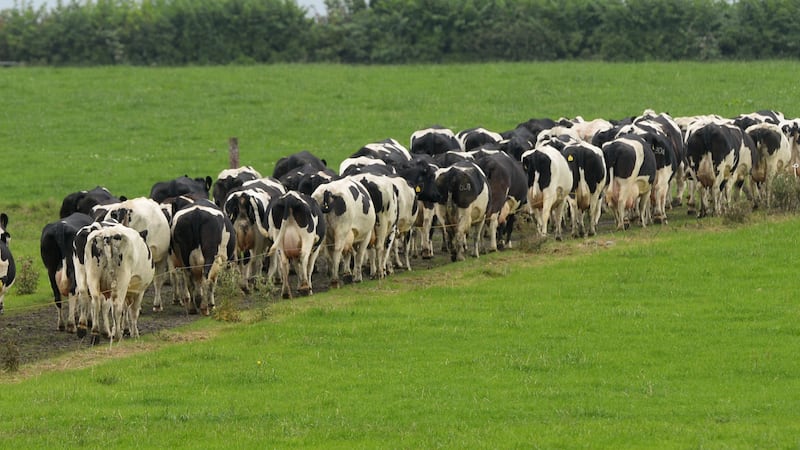The building industry revival lost some momentum in July but continued growing strongly, according to figures released today.
The Ulster Bank Construction Purchasing Managers’ Index (PMI), which tracks the sector’s performance on a monthly basis, dropped to 59.1 in July from 65.7 in June, indicating that while the industry grew strongly during, the pace of expansion slowed.
Growth continued in two key categories: housing and commercial building, but activity in civil engineering – mainly large State-backed projects – actually dipped slightly in July.
Robust growth
The Ulster Bank PMI takes 50 as its benchmark. Any reading above that figure indicates the construction industry expanded, while any result below that indicates that it shrank. Civil engineering slid to 49.1, which means activity fell in comparison to June. In contrast, commercial building showed strong growth on the previous month, reaching 60.5 . House construction hit 57.3, indicating that this sector also expanded.
Simon Barry, Ulster Bank's chief economist for the Republic, said the index reveals a continued robust growth in the industry in July.
“The overall PMI index did fall back a bit last month, but from what was an exceptionally strong reading in June and the July results signal that firms continue to experience rapid growth in activity,” he said.
“Mirroring the overall results, somewhat slower – but still solid – growth was recorded in both housing and commercial activity. The results for civil engineering were not as favourable, with activity here registering a decline in July, ending a three-month run of expansion.”
Mr Barry added that the July survey showed further growth in both new orders and jobs but at a slower rate than in the previous month.
“New business levels have been on the rise for over two years now – a pattern that is underpinning high levels of confidence within the sector,” the economist said.
“Sentiment among firms rose notably last month, with over two-thirds of respondents expecting activity levels to rise further in the coming year.
“Ongoing improvements in both the wider economy and the construction sector itself were cited as supports for the upbeat assessment of the 12-month outlook.”
In general terms, Mr Barry argued that the July figures point to an encouraging start to the second half of the year.
Job numbers rose for the 23rd month in a row. Survey respondents said that they hired extra staff as new business grew.
Companies also stepped up their use of sub-contractors, an important part of the industry, leading to a decline in their availability.
Optimism
Purchasing also rose at a substantial pace, which in turn put pressure on suppliers and delivery times.
Companies said that the euro’s weakness against sterling pushed up the cost of imported suppliers. Inflation was sharp as a result and higher than the series average.
Panellists predicted further increases in activity over the coming year both on the back of growth in the wider economy and within the industry itself. Optimism was at its highest since the survey began 15 years ago.















